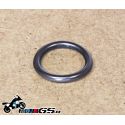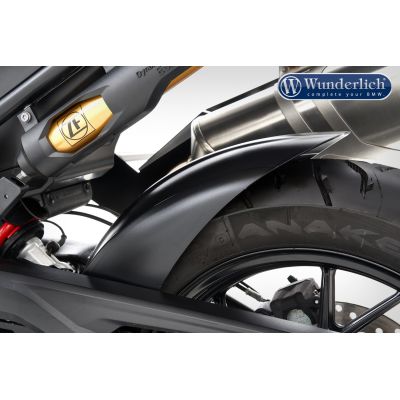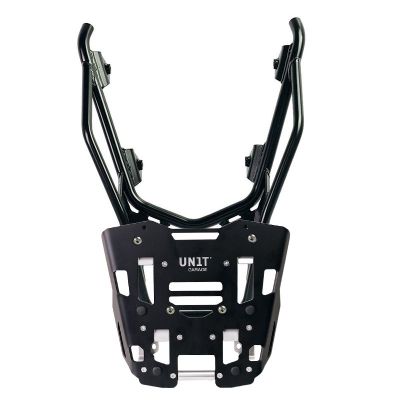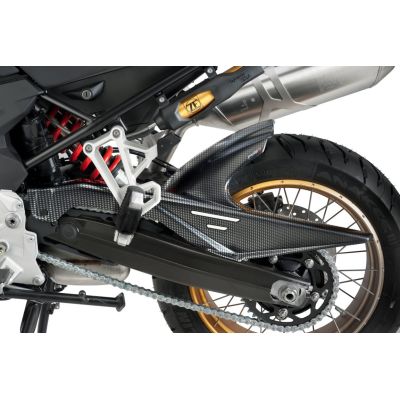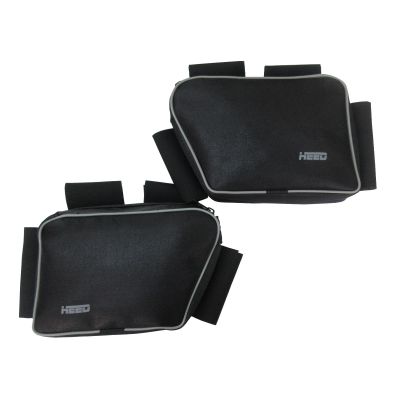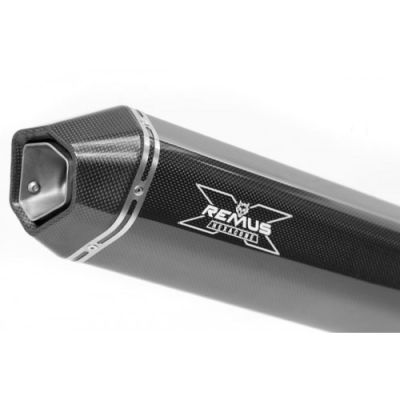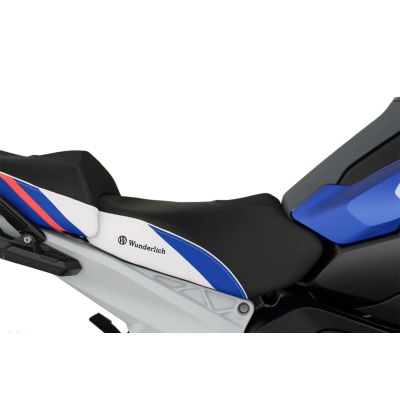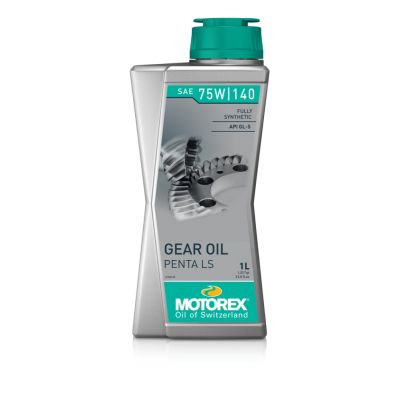Castrol POWER 1 GPS 4T 10W-40 Motor Oil 1L
 Wide payment options.
Wide payment options.
Apple Pay, Google Pay, credit card, bank transfer with QR.
 Doprava GLS zdarma při nákupu nad 2999 Kč.
Doprava GLS zdarma při nákupu nad 2999 Kč.
Na adresu i do Alzaboxu.
 Potřebujete poradit? Zavolejte nebo napište.
Potřebujete poradit? Zavolejte nebo napište.
+420 604 111 341 info@mojegs.cz
For individual models, we offer inspection kits for easy service (oil filter, air filter, drain plug sealing, spark plugs):
- Inspection kit for BMW R1250GS/A 2018+
- Inspection kit for BMW R1200GS LC 2013-2018, R1200GS Adventure LC 2014-2018
- Inspection kit for BMW R1200GS 2010-2012, R1200GS Adventure 2010-2013
- Inspection kit for BMW R1200GS 2004-2009, R1200GS Adventure 2006-2009
- Inspection kit for BMW R1150GS/Adventure (2 spark plugs per cylinder)
- Inspection kit for BMW R1150GS/Adventure (1 spark plug per cylinder)
- Inspection kit for BMW R1100GS 1993-1999
- Inspection kit for BMW F850GS/A, F750GS
- Inspection kit for BMW F800GS/A, F700GS, F650GS 2008+
- Inspection kit for BMW F650GS/Dakar 2004-2007 (dual spark)
- Inspection kit for BMW F650GS/Dakar 1999-2003 (single spark)
- Inspection kit for BMW G650GS 2008-2015, G650GS Sertao
- Inspection kit for BMW G310GS
Castrol Power 1 4T 10W-40 motor oil is a modern oil of exceptional quality developed for modern four-stroke engines. Its Power Protection Formula composition is specifically designed to protect your motorcycle's engine from deposits that diminish its performance. Trizone TechnologyTM optimizes the performance of three critical zones: the engine, the clutch, and the gearbox.
- Trizone Technology
- Power Release Formula
- For high-performance sport motorcycles
- Ensures exceptional acceleration and performance with great throttle response.
Castrol Power 1 4T - better acceleration, designed for maximum performance.
Castrol Power 1 4T with Power Release Formula is specially made for motorcyclists who enjoy the thrill of riding.
Premium quality oil for four-stroke engines offers excellent viscosity and minimizes internal losses in the engine due to friction forces.
Tests have shown that this type of oil provides exceptional acceleration and performance with great throttle response at every touch.
Castrol's Trizone Technology ensures uncompromising protection performance for the engine, clutch, and gearbox.
Specifications:
SAE 10W-40
JASO MA-2 (T 903:2006)
API SJ
A brief discussion about motor oils in general.
Viscosity
Viscosity is a variable property dependent on temperature. During the operation of an automotive engine, there is a...
Winter classes: 0W, 5W, 10W, 15W, 20W, 25W (-35°C,-30°C,-25°C,-20°C,-15°C,-10°C)
Summer classes: 20, 30, 40, 50, 60 (20°C, 30°C, 40°C, 50°C, 60°C)
The winter designation value indicates the behavior of the oil at low temperatures (e.g., SAE 15W has a pumping limit of -25 °C).
The summer designation value indicates the use of oil at summer temperatures. If only one class is used in the designation, it means that it is a monograde oil (either summer or winter). When a combination of summer and winter class is used (e.g., 5W-40), it is a multigrade oil or all-season oil. Currently, multigrade motor oils are almost exclusively used.
Performance categories
They characterize both immediate and long-term properties of motor oil under various forms of operational load. Different properties are evaluated, such as oxidation stability, volatility, wear protection, deposit formation, corrosion, fuel economy, etc.
The following standards are used to designate the performance category of motor oils:
API classification (American Petroleum Institute, USA)
ACEA classification (Association of European Automobile Manufacturers, EU)
Corporate standards of engine and vehicle manufacturers (VW, MB, MAN, VOLVO, TATRA)
MIL-L classification (U.S. Army standards)
Other classifications (e.g., ILSAC)
Currently, the most significant specifications are those from API, ACEA, and corporate standards of engine and vehicle manufacturers. The CCMC classification is already outdated and is mentioned only temporarily.
API Classification
According to this standard, motor oils are distinguished by use into oils for spark-ignition (petrol) engines, indicated by the letter “S” (from English Service), and oils for compression-ignition (diesel) engines, indicated by the letter “C” (from English Commercial). Most oils are suitable for both types of engines and are then marked with a combination of both letters, e.g., SL/CF.
Performance classes for spark-ignition engines
SA - Oils without additives for engines operating under mild conditions with low loads, produced between 1940 – 1950.
SB - Oils with deposit formation inhibitors for engines produced between 1951 – 1963.
SC - Oils with deposit formation and low-temperature sludge inhibitors for engines produced between 1964 – 1967.
SD - Additized oils with detergent and dispersive additives for engines produced between 1968 – 1971.
SE - Oils for heavily loaded engines produced between 1971 – 1979.
SF - Oils for highly stressed engines produced between 1980 – 1988.
SG - Oils for engines produced between 1988 – 1993, meeting the strictest requirements for minimizing wear and deposit formation.
SH - Oils with the same properties as SG, but tested against more demanding standards. Designed for engines produced in 1996 and older.
SJ - Oil for engines produced in 2001 and older.
SL - Oils exceeding API SJ with enhanced fuel economy and extended service intervals.
SM - Top-quality oils exceeding API SL with increased oxidation stability, better wear protection, and deposit formation prevention.valid since 2004.
Oils for gasoline and light diesel engines
A1/B1 - Oils additive-treated to prevent deposit formation on pistons, sludge, wear and oxidation at high temperatures. They meet the requirements for super light running and fuel economy. They are suitable only for certain engines.
A3/B3 - Oils designed for highly loaded gasoline and diesel engines or for extended oil change intervals as recommended by the engine manufacturer.
A3/B4 - Oils for high-performance gasoline engines and diesel engines with direct fuel injection, also suitable for use described in category B3.
A5/B5 - Highly stable oils designed for extended oil change intervals in highly loaded gasoline and diesel engines. They meet the requirements for super light running and fuel economy. They are suitable only for specially designed engines.
Oils compatible with catalysts – for gasoline and light diesel engines
C1 - Oils designed for use with DPF (diesel particulate filter) and TWC (three-way catalyst) in high-performance engines requiring low viscosity oil with low SAPS (chemical limits) and with high temperature and high shear viscosity (HTHSV) greater than 2.9 mPa.s. The oils extend the life of the catalysts and reduce fuel consumption. They are suitable only for specially designed engines.
C2 - Oils for use with DPF and TWC catalysts in high-performance engines designed for low viscosity oils with HTHSV greater than 2.9 mPa.s. The oils extend the life of the DPF and TWC catalysts and reduce fuel consumption. They are suitable only for specially designed engines.
C3 - Oils for use with DPF and TWC catalysts in high-performance engines. They extend the life of the DPF and TWC catalysts. They are suitable only for specially designed engines.
Oils for diesel engines of heavy trucks
E2 - Common-use oils for naturally aspirated and turbocharged engines, moderately to heavily loaded and with normal oil change intervals.
E4 - Oils providing excellent protection of cylinder cleanliness – against wear and soot. They are recommended for high-performance engines meeting Euro 1, Euro 2, Euro 3 and Euro 4 emission limits, operating under severe conditions, e.g., extended oil change intervals, according to the engine manufacturer's recommendations. They are suitable for engines without particulate filters and for certain engines equipped with exhaust gas recirculation or SCR (selective catalytic reduction of NOx) systems, according to the engine manufacturer's recommendations.
E6 - Oils providing excellent protection of cylinder cleanliness – against wear and soot. They are recommended for high-performance engines meeting Euro 1, Euro 2, Euro 3 and Euro 4 emission limits, operating under severe conditions, e.g., extended oil change intervals, according to the engine manufacturer's recommendations. They are suitable for engines equipped with exhaust gas recirculation with or without particulate filters and for engines with SCR systems. E6 – quality particularly recommended for engines with particulate filters and is qualified in combination with low-sulfur fuel (max. 50 ppm). However, always follow the engine manufacturer's recommendations.
E7 - Oils providing effective protection of cleanliness and against cylinder polishing. They also provide improved protection against wear, deposits, and soot. They are recommended for high-performance engines meeting Euro 1, Euro 2, Euro 3 and Euro 4 emission limits, operating under severe conditions, e.g., extended oil change intervals, according to the engine manufacturer's recommendations. They are suitable for engines without particulate filters and for most engines equipped with exhaust gas recirculation or SCR systems, according to the engine manufacturers’ recommendations.
Note: Categories A2 and B2 are not included in the current issue.included. However, they remain valid in their latest version as long as they are recommended in service books by car manufacturers.
Categories E3 and E5 have been replaced by categories E6 and E7.
Explanations:
DPF (Diesel Particulate Filter) - particulate filter
TWC (Three Way Catalyst) - three-way catalyst
EGR (Exhaust Gas Recirculation) - exhaust gas recirculation
SCR (Selective Catalytic Reduction) - selective catalytic reduction of NOx: treatment of exhaust gas composition with urea (AdBlue agent = 32.5% aqueous solution of urea)
Automaker and Engine Standards
Many automakers and engine manufacturers require engine oils to meet additional specifications that are not included in the methodologies of previous classifications.
How to properly choose engine oil?
1. The first principle when choosing engine oil is to follow the manufacturer's guidelines for motorcycles contained in the manual for each vehicle. Only the engine (vehicle) manufacturer can responsibly state which oil may be used. Practically no manufacturer recommends a specific brand of oil (as it contradicts competition law in the European Union). Manufacturers (of cars) recommend oils according to so-called performance specifications, e.g. API SH/CD, ACEA A3, VW 505.00, MB 229.1 and viscosity specifications SAE, e.g. 15W-40, 10W-40. Replacement intervals are then determined for oils recommended this way.
2. For oils of the same performance specification, the same replacement interval is recommended.
3. If you do not have the vehicle manual, ask the manufacturer. Remember, the vehicle manufacturer does not recommend a brand of oil, only performance and viscosity specifications.
4. If the oil meets the performance and viscosity specification (or a higher specification), it can be used. A higher performance level is fine, but it is usually more expensive and does not bring much benefit.
5. If you are changing low-performance specification oils (M5AD, M6AD) for a new high-performance oil, shorten the replacement interval for the first change (it will flush out deposits).
6. Do not mix mineral oils (SAE 15W-40, 15W-50, 20W-30, 40) with synthetic oils (SAE 0W and 5W-30, 40, 50).
Data sheet
- Manufacturer:
- Castrol
- Type of consumable material:
- Oils
Specific References
- EAN13
- 4008177072116


























